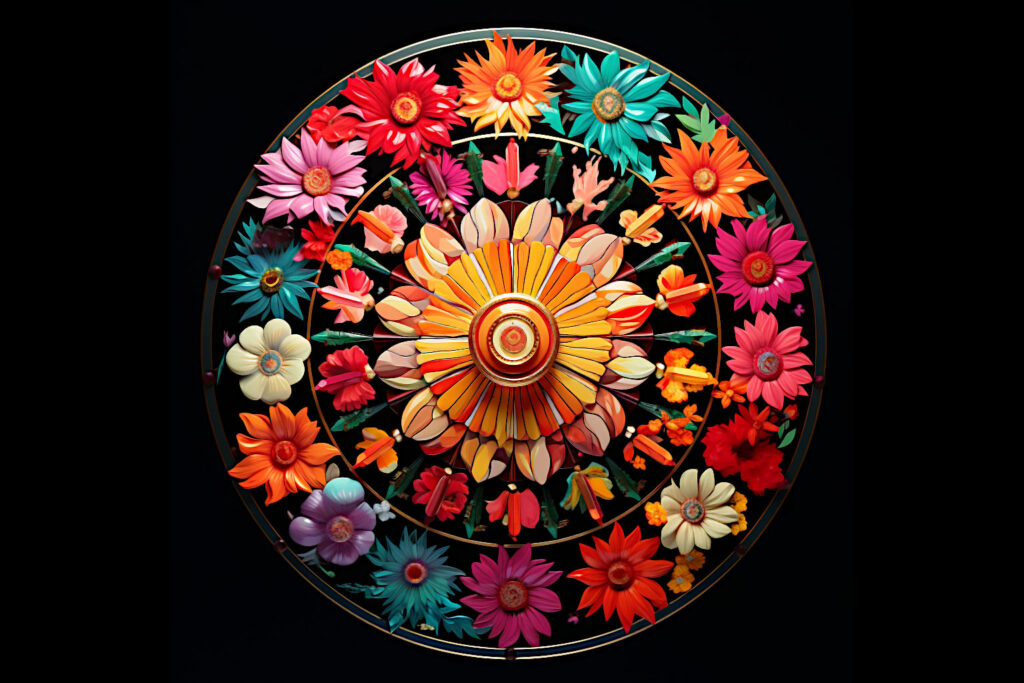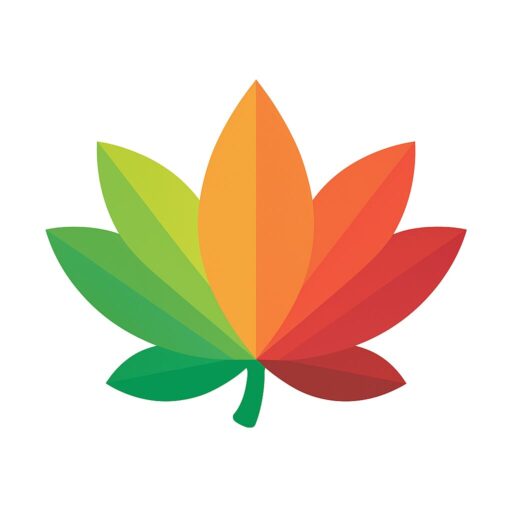Do you ever feel like you’re just reacting to life instead of shaping it? Like you’re carried along from one task to another without a clear goal or path? In our busy and often stressful world, it’s easy to live passively, going through the motions without really connecting to what you do. Feeling lost or unfulfilled is common, a quiet question inside that asks, “Is this all there is?”
What if you could take control? What if you could design a life that is not just happening to you, but is shaped by you? This is the idea of intentional living: moving from passively existing to actively creating a life that reflects your core values and purpose. It is a powerful change that can bring deep fulfillment, true authenticity, and a fresh sense of meaning.
An Ancient Whisper in a Modern Concept
While “intentional living” is a modern phrase, the idea behind it is very old. People have been thinking about how to live a meaningful life for thousands of years. It is closely related to ancient philosophical and religious ideas, even though it is different from specific academic fields.
Think about it:
- Focus on purpose and meaning: Intentional living emphasizes finding your personal direction and fulfilling a purpose that resonates with you. This echoes the pursuit of meaning found in virtually every religious tradition, from Buddhism’s path to enlightenment to the Christian call to live a life of service. Philosophers like Aristotle, too, explored eudaimonia – human flourishing achieved through living virtuously and in accordance with reason.
- Emphasis on self-reflection and cultivating virtues: Both intentional living and ancient philosophies (like Stoicism) or religious practices advocate for deep introspection, self-awareness, and the development of positive character traits or virtues. Becoming aware of your inner landscape is crucial for authentic action.
- Making conscious choices: Intentional living is fundamentally about aligning actions with values and beliefs. This resonates with the philosophical concepts of free will and human agency – the idea that we have the power to choose and are responsible for those choices, as explored by thinkers from Plato to Sartre.
However, it’s important to distinguish intentional living from the primary focus of specific philosophical movements, such as those of Descartes and Locke. Descartes, a rationalist, was preoccupied with reason and doubt as pathways to knowledge, famously declaring “I think, therefore I am.” Locke, an empiricist, believed knowledge stemmed from sensory experience. Their core focus was on the nature of knowledge, the mind, and epistemology, rather than a holistic framework for designing a values-driven lifestyle. While the philosophical term “intentionality” refers to the mind’s “aboutness” or directedness toward things, intentional living extends far beyond this cognitive concept to encompass how we live our entire lives.
Intentional living, then, is a modern approach that powerfully synthesizes these ancient quests for purpose, self-awareness, and virtuous action. It’s about actively shaping your life according to your deeply held beliefs and aspirations, leveraging wisdom that has echoed through human history.

The Compass Within: Identifying Your Core Personal Values
The first, most crucial step in intentional living is to define your personal compass: your core values. These are the fundamental beliefs that dictate your behavior and choices, the things that truly matter to you. Without knowing them, you’re navigating without a map.
Here’s a step-by-step process to unearth your core values:
- Brainstorming: The Initial Dump:
- Set a timer for 5-10 minutes. Write down every single value that comes to mind. Don’t filter. Think about what’s important to you in life, what motivates you, what brings you joy, what angers you when violated.
- Examples: Freedom, family, creativity, honesty, security, adventure, kindness, growth, community, integrity, justice, health, learning, impact, peace, courage, spirituality, wisdom, authenticity.
- Scenario Testing: Values in Action:
- Think about times when you felt deeply fulfilled, energized, or proud. What values were being honored in those moments?
- Conversely, recall times when you felt drained, frustrated, or angry. What values were being violated?
- Consider a difficult decision you’ve made. What values guided your choice, or what values did you struggle to prioritize?
- Grouping and Prioritizing: Finding Your Top Tier:
- Look at your brainstormed list. Are there similar values that can be grouped (e.g., “Honesty,” “Integrity,” and “Truth” might all fall under a broader “Integrity” umbrella)?
- Now, narrow your list down to your top 5-7 core values. This is challenging, but necessary. Which values, if you had to choose, would you never compromise on? Which ones feel most essential to your identity and well-being?
- Reflection and Refinement:
- Write down your top values. For each one, articulate why it’s important to you and what it looks like in practice.
- Example: If “Freedom” is a core value, does it mean financial freedom? Freedom to travel? Freedom of expression? Be specific.
These core values are your north star. They will become the filter through which you make decisions and the foundation upon which you build your intentional life.
Integrating Values: Actionable Strategies for Daily Life
Once you know your values, the real work begins: weaving them into the fabric of your daily existence across different life domains.
- Career & Work:
- Value-Driven Choices: If “Impact” is a core value, seek roles or projects that allow you to make a meaningful difference. If “Creativity” is key, look for opportunities to express it, even if it’s within a seemingly rigid structure.
- Boundary Setting: If “Work-Life Balance” or “Family” are high on your list, be intentional about when and how you work. This might mean saying no to extra projects or leaving on time for family dinners.
- Prompt for Reflection: Does my current work align with my top three values? If not, what small changes can I make, or what long-term shifts should I consider?
- Relationships:
- Conscious Connection: If “Community” and “Authenticity” are values, actively seek out groups or individuals where you can be your true self. Invest time and energy into relationships that reflect your values.
- Communication: If “Honesty” and “Empathy” are core, practice direct but compassionate communication with loved ones, even when it’s difficult.
- Prompt for Reflection: Are my closest relationships supporting or challenging my values? How can I intentionally nurture connections that align with who I want to be?
- Finances:
- Spending Aligned with Values: If “Security” is paramount, prioritize saving and investing. If “Experiences” is a value, allocate funds for travel or unique adventures rather than accumulating material possessions. If “Generosity” is important, consciously set aside money for giving.
- Mindful Consumption: Avoid impulsive purchases that don’t align with your values.
- Prompt for Reflection: Does my spending reflect what I truly value, or am I mindlessly conforming to societal pressures?
- Health & Well-being:
- Prioritize Self-Care: If “Health” and “Vitality” are values, intentionally schedule time for exercise, nutritious meals, adequate sleep, and mental breaks.
- Mindful Practices: If “Peace” or “Spirituality” are core, integrate meditation, journaling, or time in nature into your routine.
- Prompt for Reflection: Am I treating my body and mind in a way that honors my value for long-term health and energy?

Decision-Making Frameworks Based on Values
When faced with a decision, large or small, use your values as a filter:
- List the Options: Clearly lay out the choices before you.
- Consult Your Values: For each option, ask: “Which of my core values does this choice support? Which, if any, does it compromise?”
- Weigh the Alignment: The option that aligns most closely with the majority of your core values is often the most intentional and fulfilling path.
- Listen to Your Gut: Sometimes, your intuition is a powerful indicator of value alignment. If a choice feels “off,” it might be violating a deeply held value.
Overcoming Obstacles to Intentional Living
The path to intentional living isn’t always smooth. You’ll encounter common roadblocks:
- Societal Pressure: The constant barrage of messages telling you how you “should” live, what you “should” buy, or who you “should” be.
- Overcome: Cultivate strong self-awareness. Regularly remind yourself of your values, not society’s. Limit exposure to comparison-inducing media.
- Fear of Missing Out (FOMO): The anxiety that arises when you say “no” to something that doesn’t align with your values, but others are doing it.
- Overcome: Reframe “no” as a “yes” to your values. Realize that every choice involves a trade-off. Focus on the richness of your chosen path.
- Inertia and Old Habits: It’s easier to stick with what’s familiar, even if it’s unfulfilling.
- Overcome: Start small. Identify one tiny intentional action you can take today. Celebrate small wins to build momentum.
- Overwhelm: The sheer number of choices and the feeling that you have to overhaul your entire life at once.
- Overcome: Remember, it’s a journey, not a sprint. Focus on one area at a time. Progress, not perfection.
Crafting Your Personal “Intentional Living Manifesto”
To solidify your commitment and keep your values top of mind, consider creating a personal “intentional living manifesto.” This doesn’t need to be formal or public; it’s for you.
- Your Core Values: List your top 5-7 values clearly.
- Your Purpose Statement: A concise statement about why you want to live intentionally and what kind of life you aim to create.
- Guiding Principles/Actions: A few key sentences or bullet points for each value, outlining what living that value looks like in your daily life.
- Accountability Statement: A pledge to yourself to regularly revisit and refine your manifesto.
Place it somewhere you’ll see it regularly – on your mirror, as your phone background, in your journal. Let it serve as a daily reminder of your commitment to yourself.
Your Life, Your Design
Intentional living is ultimately about actively shaping your life according to your personal beliefs and aspirations. It’s an ongoing process of self-discovery, conscious choice, and courageous action. It frees you from the passive drift, replacing it with a powerful sense of agency and purpose. By taking the time to define what truly matters to you and then aligning your daily choices with those insights, you’ll not only design a life aligned with your values but also unlock a depth of fulfillment and authenticity you may have only dreamed of. Your extraordinary life is waiting to be intentionally created.The Power of Intentional Living

